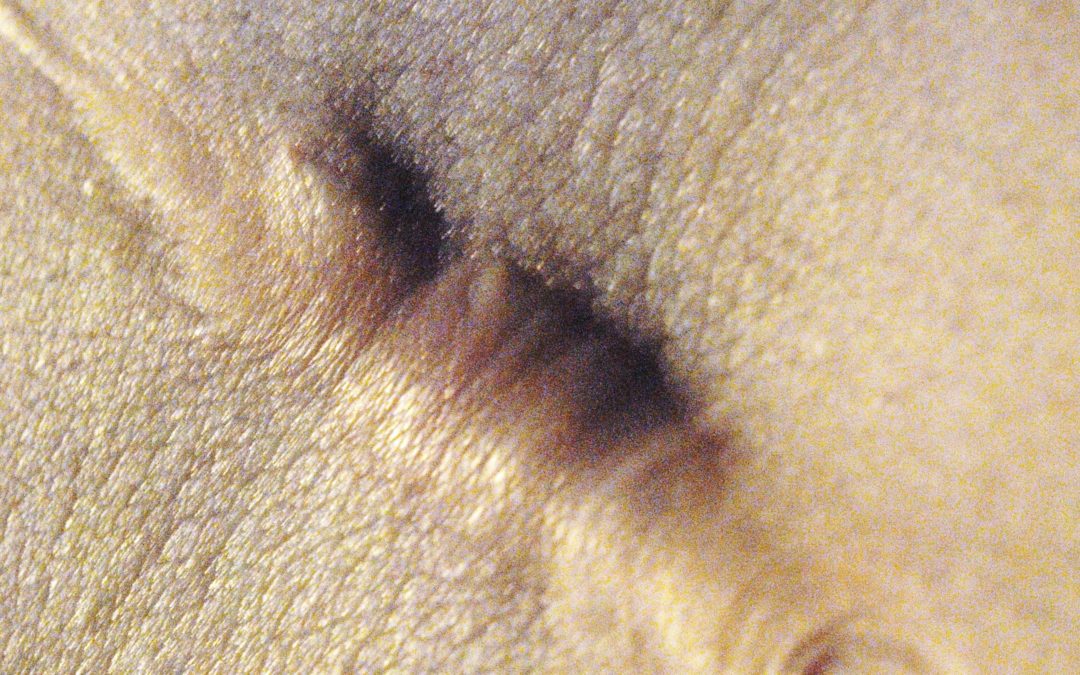From the time you tried to pet an unfriendly dog when you were in kindergarten to the emergency appendectomy you had in college, the UGH of adolescent acne, everyone’s body has skin scars that tell a story or are associated with a milestone or memory in their life — some of which are less pleasant than others. Skin scars are very common, but those who have a scar that it’s affecting their day-to-day life may want to consider a scar revision surgery performed by a skilled cosmetic surgeon. It is not about the size of the scar but “how” the scar impacts one’s life, physically or psychologically.
The goal of scar revision surgery is to minimize a scar to make it less prominent and help it blend in better with the surrounding skin color and texture. To help you decide whether you’re a good candidate for scar revision surgery, it helps to first understand what scars are, why they form and the different types of scarring.
What Is a Scar?
Scars are a natural part of your body’s healing and wound repair process. Most wounds, except for very minor ones, result in some degree of visible scarring. The development of scars can be unpredictable, but scars can result from injuries, accidents, infections, surgeries or skin conditions such as acne.
Even a wound that has otherwise healed well may leave you with a scar that affects your appearance. Scars may be noticeable due to their size, shape or location; they can also be raised or depressed, and may differ in color or texture from the surrounding healthy tissue. Sometimes, scars are unsightly and may even restrict normal body movement.
How Do Scars Form?
Scars are created when the deep, thick layer of skin called the dermis suffers damage. The body uses collagen, a naturally occurring protein, to mend the damage, resulting in scar tissue that has a different texture and quality than the normal tissue.
What Are the Different Types of Scars?
The type and severity of your scarring will determine the appropriate techniques a plastic surgeon can use to improve the appearance of your scar.
There are several different types of scars:
Surface Irregularities
Subtle scars that resulted in discoloration or minor surface irregularities can be cosmetically improved by surgery, or your cosmetic surgeon may recommend a non-surgical option such as laser skin resurfacing.
Surface irregularities are the most common types of scars. They do not impede normal body functions or cause physical discomfort, and include acne scars, as well as scars resulting from minor injuries or surgeries.
Hypertrophic Scars
Hypertrophic scars are thick knots of scar tissue that develop directly at the site of a wound or surgery. They are often raised, red or uncomfortable, and may widen over time. They can be hyper pigmented — darker in color — or hypo pigmented — lighter in color. They are most often called keloid scars but there is a significant difference; a hypertrophic scars’ width is within the boundary of the scar. The scar can be painful, itchy and easily irritated.
Keloids
Keloids are larger than hypertrophic scars. They might be painful, puckered or itchy, and they extend beyond the edges of an original wound or incision. Keloids occur when the body continues to produce fibrous collagen even after a wound has healed.
Keloids can occur anywhere on your body, but they develop more frequently in areas where there is a genetic predisposition such as on the face, neck, ears, chest or shoulders. It is often limited to these areas as the person can have a normal scar on the arm but develop a keloid scar from something as simple like an ear piercing.
Contractures
Contractures are large patches of scars that limit movement due to skin and underlying tissue that pull together during healing. They can occur in situations where someone has suffered a large amount of tissue loss, such as after a severe burn. Contractures can also form where a wound occurs on across a joint, such as fingers, toes, knees and elbows.
Cosmetic Options for Treating Scarring
Is it possible for people with scars to look and feel better with the help of a skilled surgeon? Yes! Cosmetic treatments can improve the condition or appearance of a scar anywhere on your body. If you have a scar that is making you unhappy or affecting your self-esteem, there are multiple treatment options available to you.
Several cosmetic options for addressing the appearance of scars include scar revision surgery, skin grafting, fat injections, skin re-pigmentation (making the white skin more like the normal skin color – ReLume), tissue expansion, photorejuvenation (IPL can lighten the skin color) and laser skin treatments.
- In a surgical scar revision, the plastic surgeon will remove the original scar, then repair the skin with a focus on the aesthetic appearance. This method can be a very effective way to improve the look of a scar.
- Skin grafting can significantly improve the function of a scarred area. Grafting involves the transfer of skin from a healthy part of the body to cover the injured area.
- Tissue expansion is a procedure that makes it possible for the body to provide extra skin the surgeon can then use to reconstruct almost any part of the body. In a tissue expansion, the doctor inserts a deflated silicone balloon under the skin near the area that needs to be repaired, then gradually fills it with salt water, causing the skin to stretch in response. This “extra” skin is then used to replace the unwanted scar.
- Laser resurfacing is a non-surgical procedure that removes the top layers of the skin with an ablative laser. The healing process can improve texture and color. Laser treatments are a good option for addressing superficial scarring left by acne especially if combined with injecting fat or other fillers beneath the depressed scar.
Should I have scar revision surgery?
If you’re considering cosmetic scar revision, board-certified San Francisco plastic surgeon Dr. Michael Kulick can consult with you to discuss the possible methods of treating your scar, any risks and benefits involved, your desired outcome and expectations and what to expect from the surgery.









